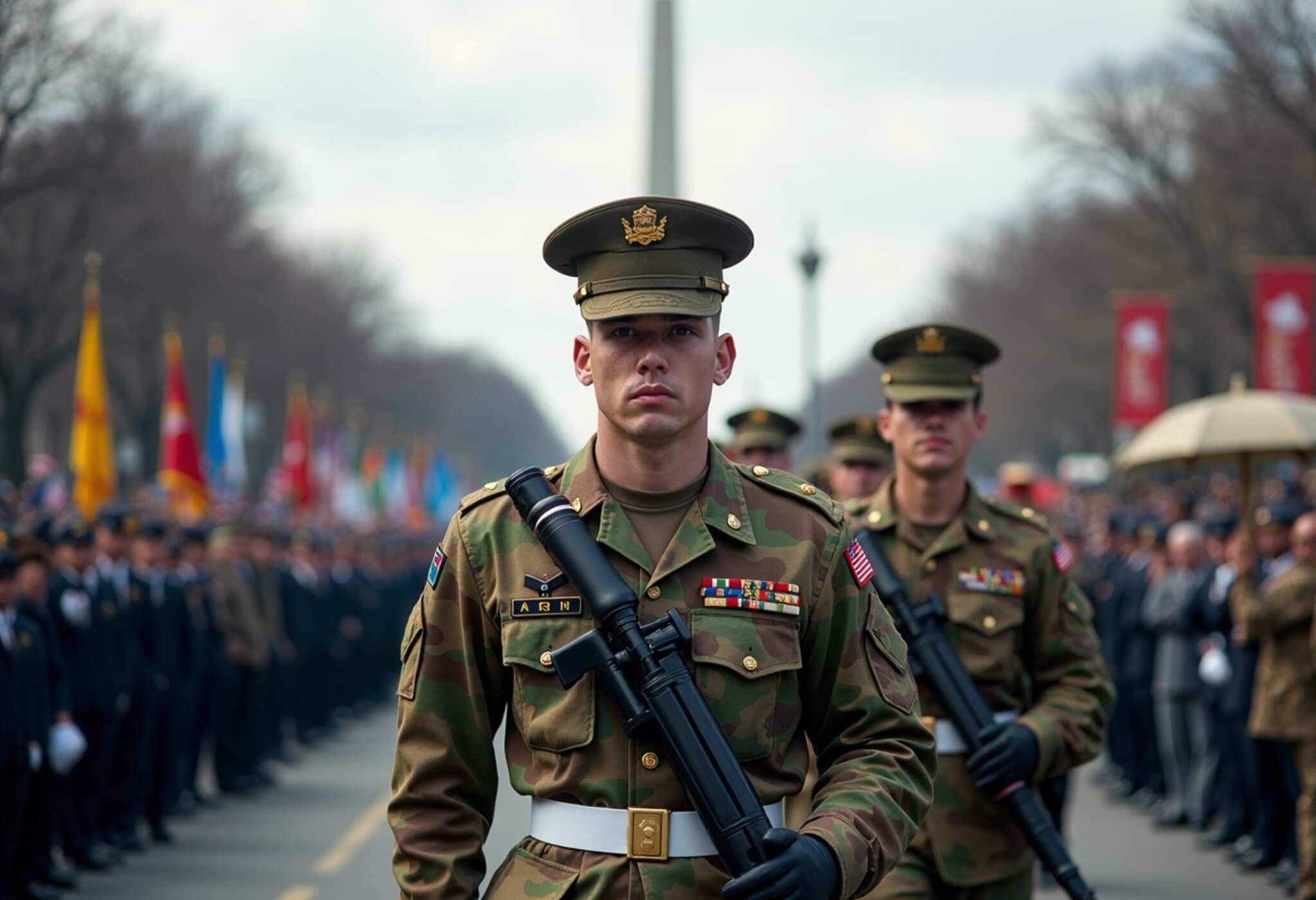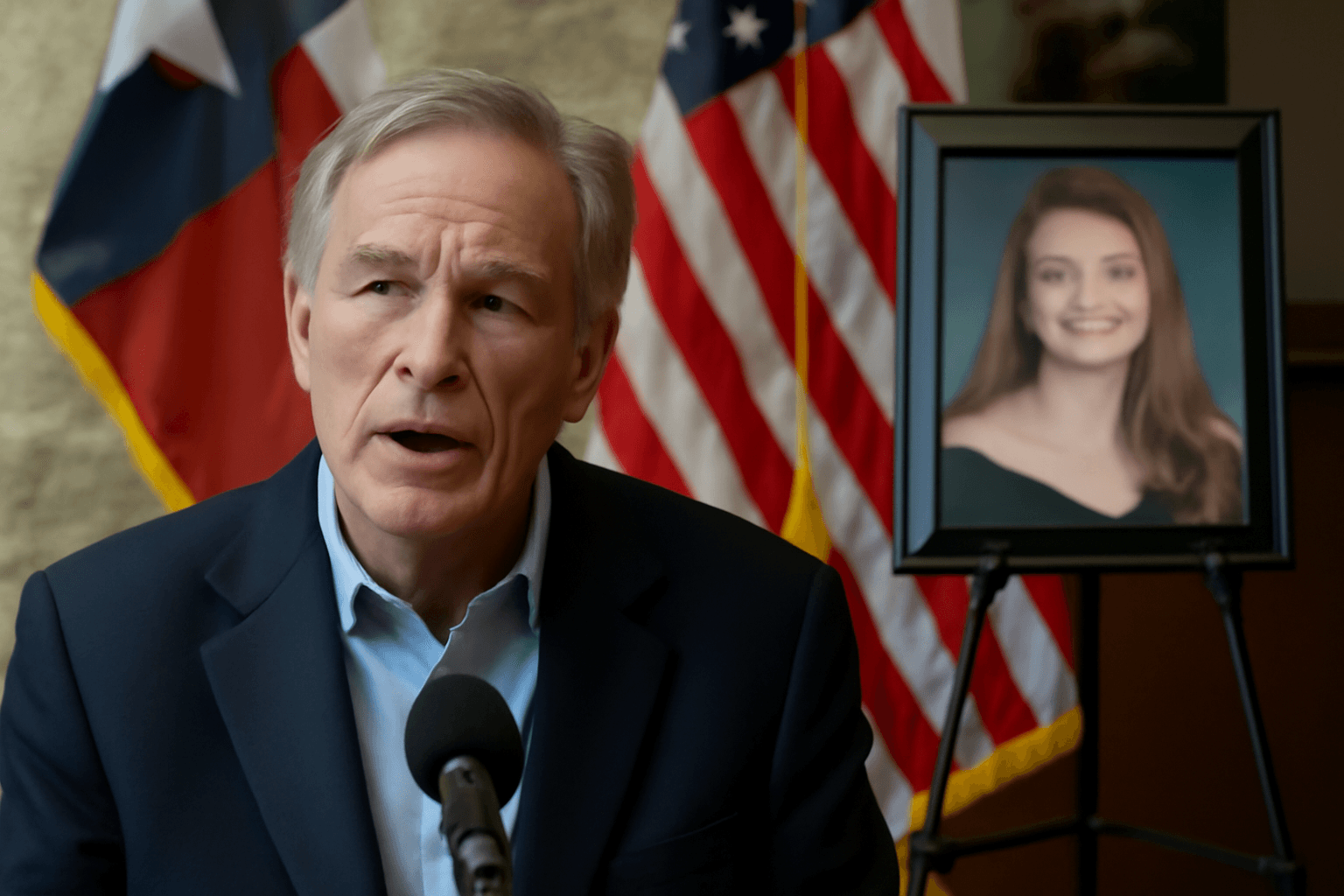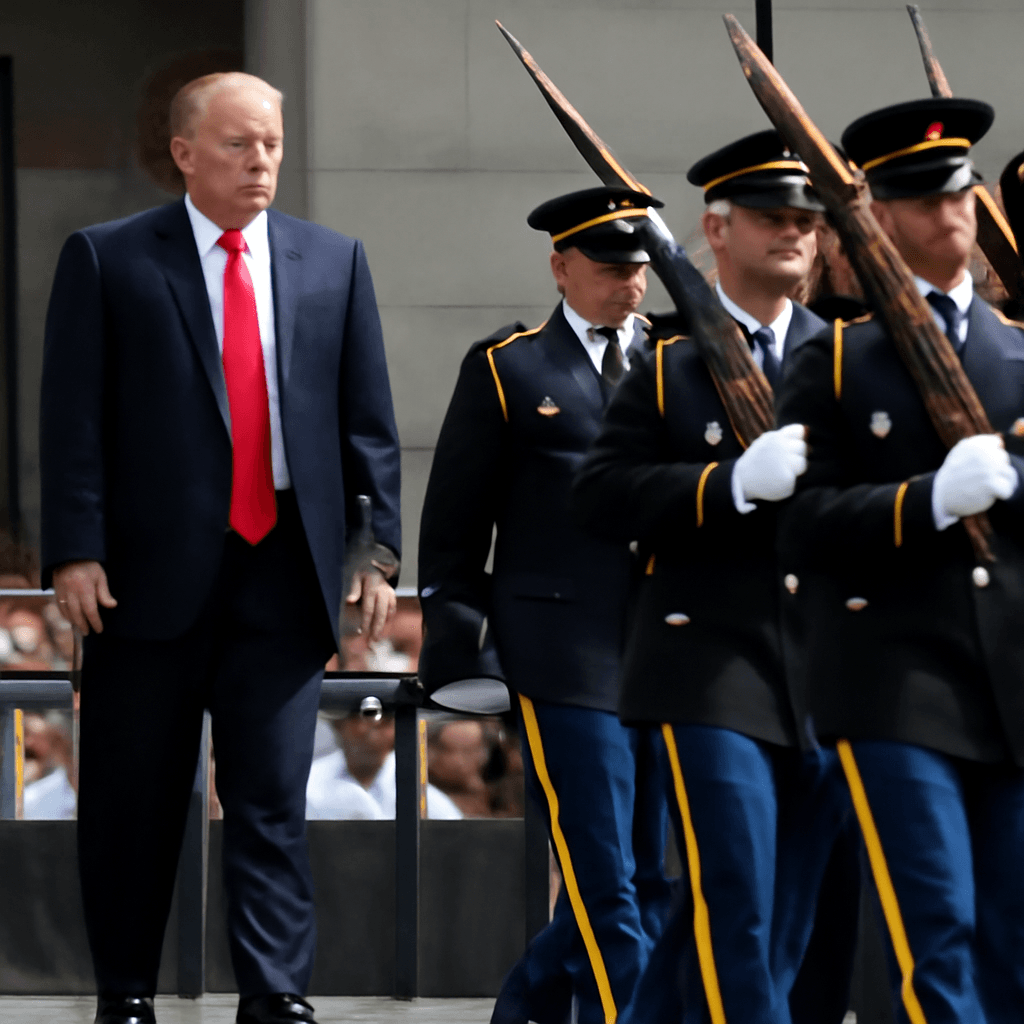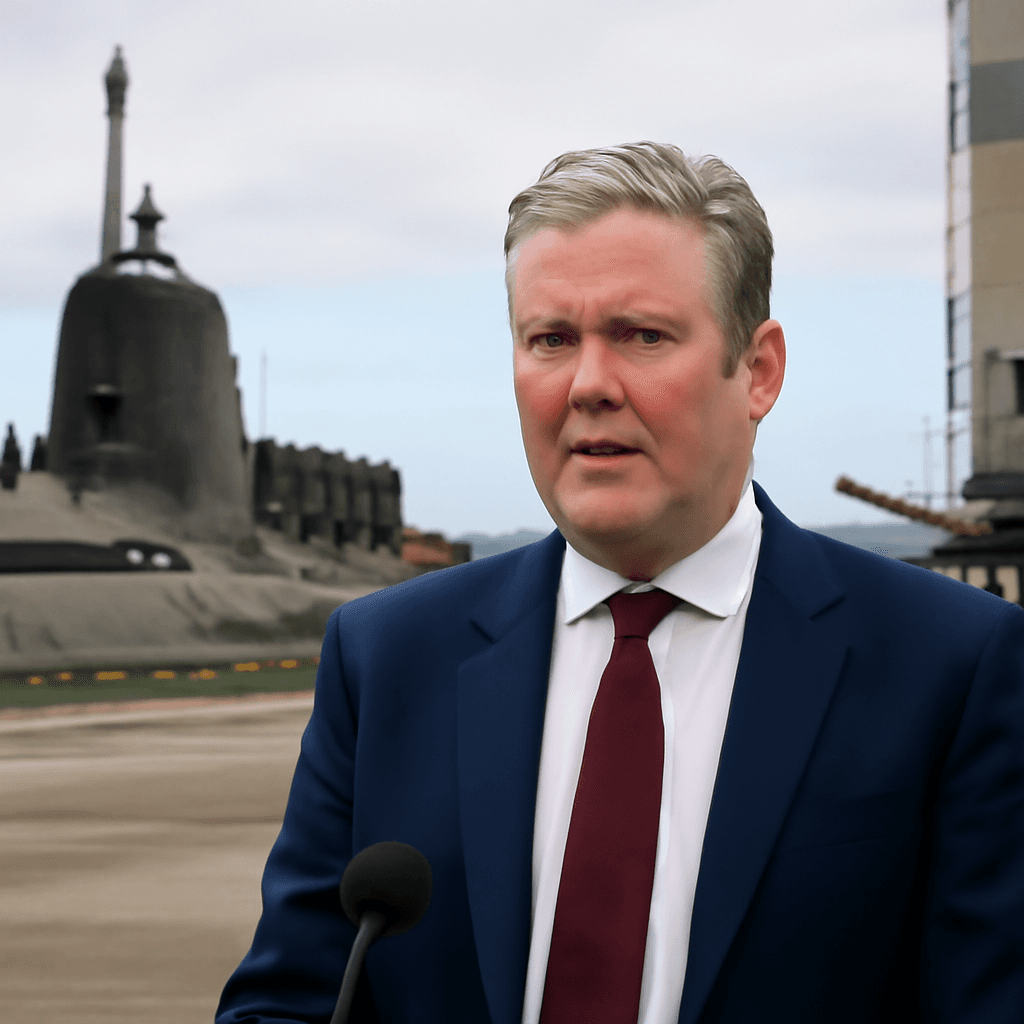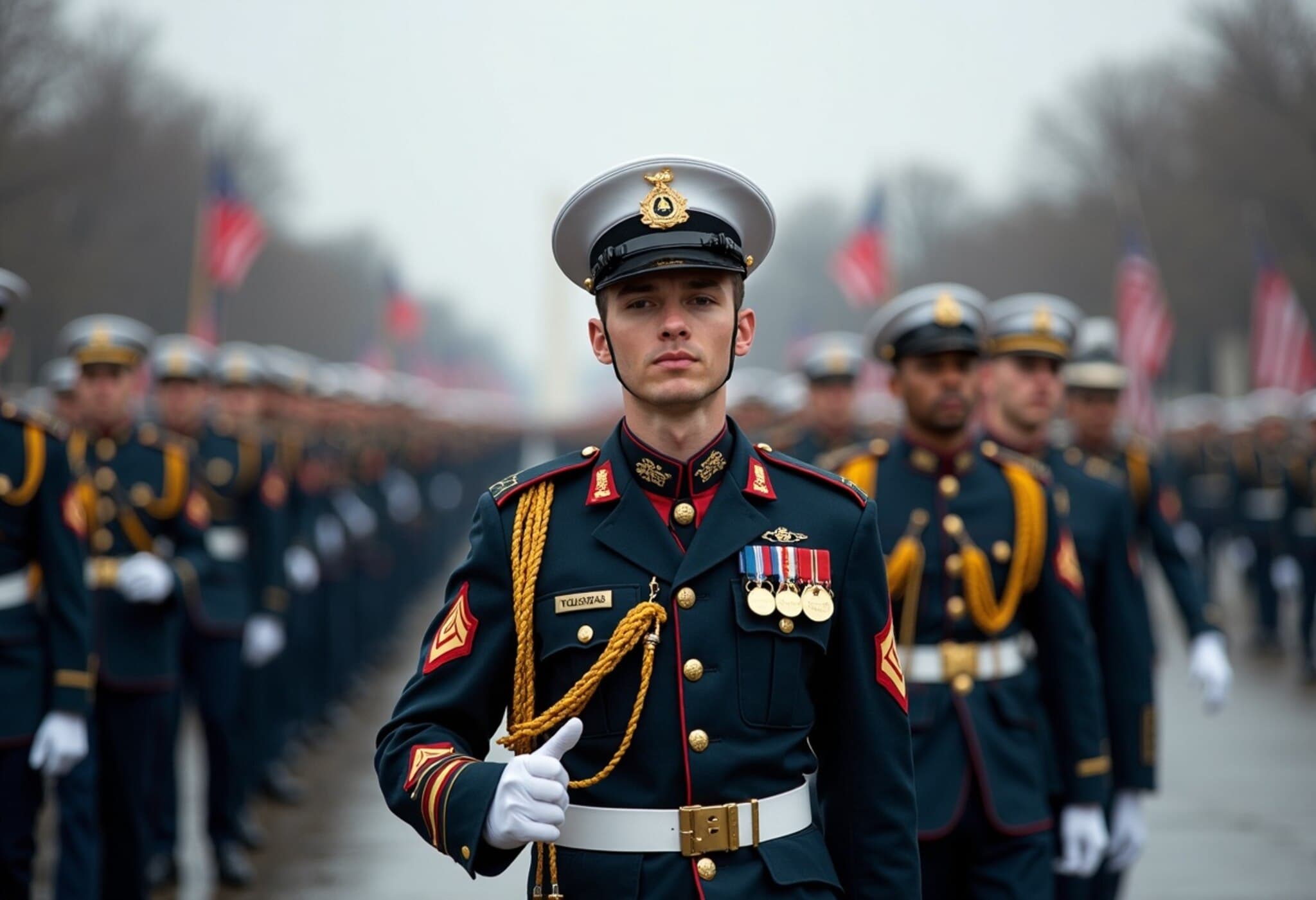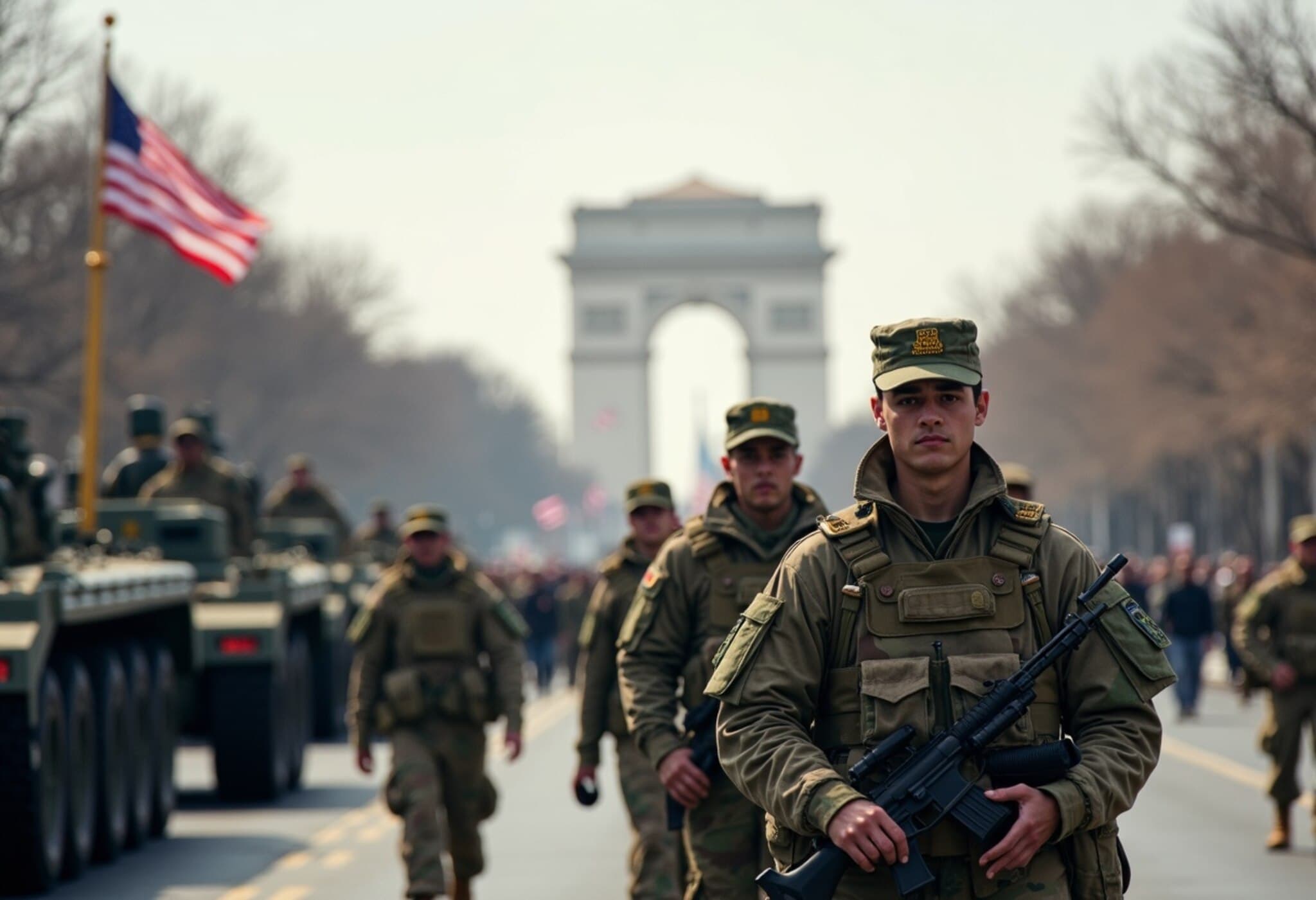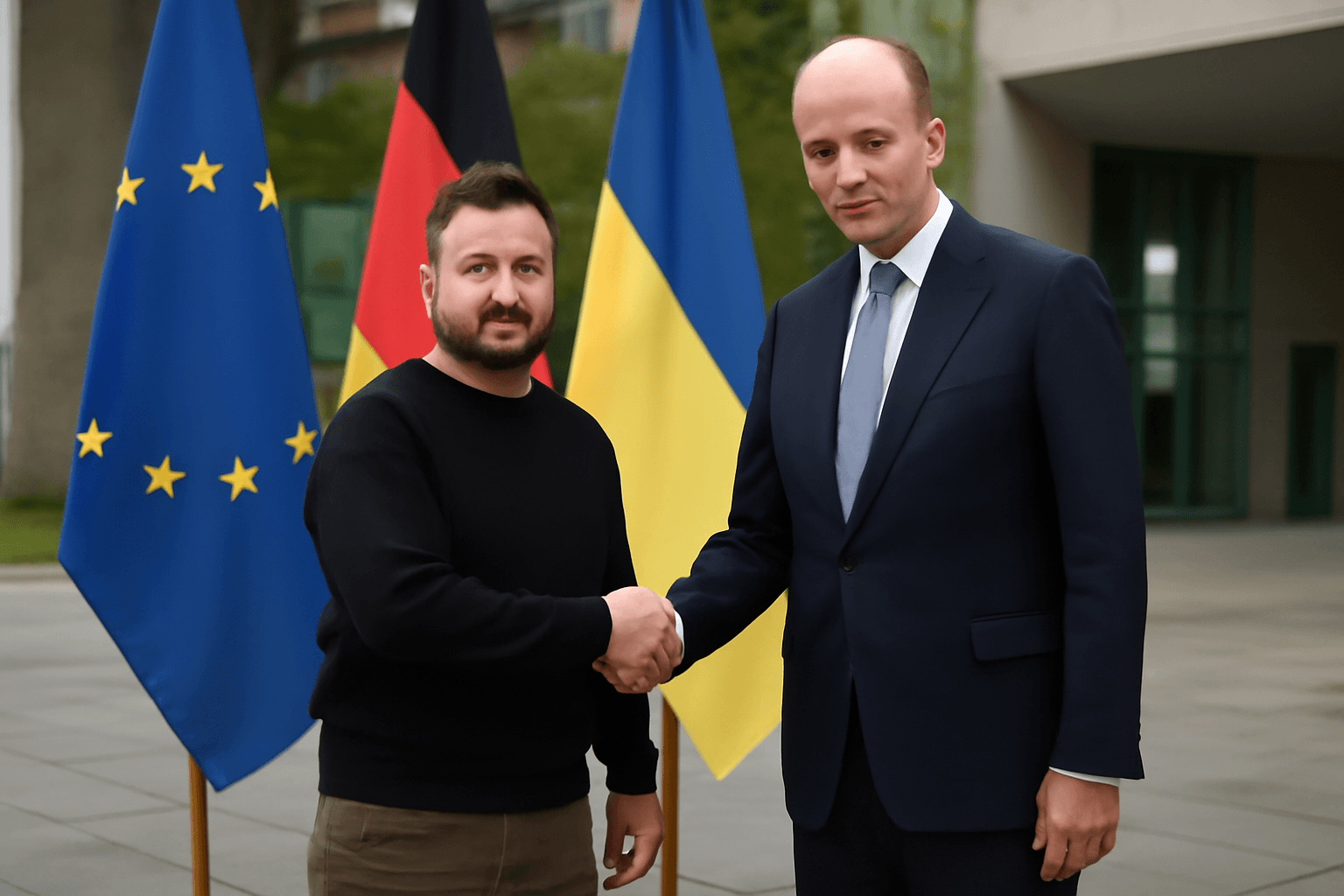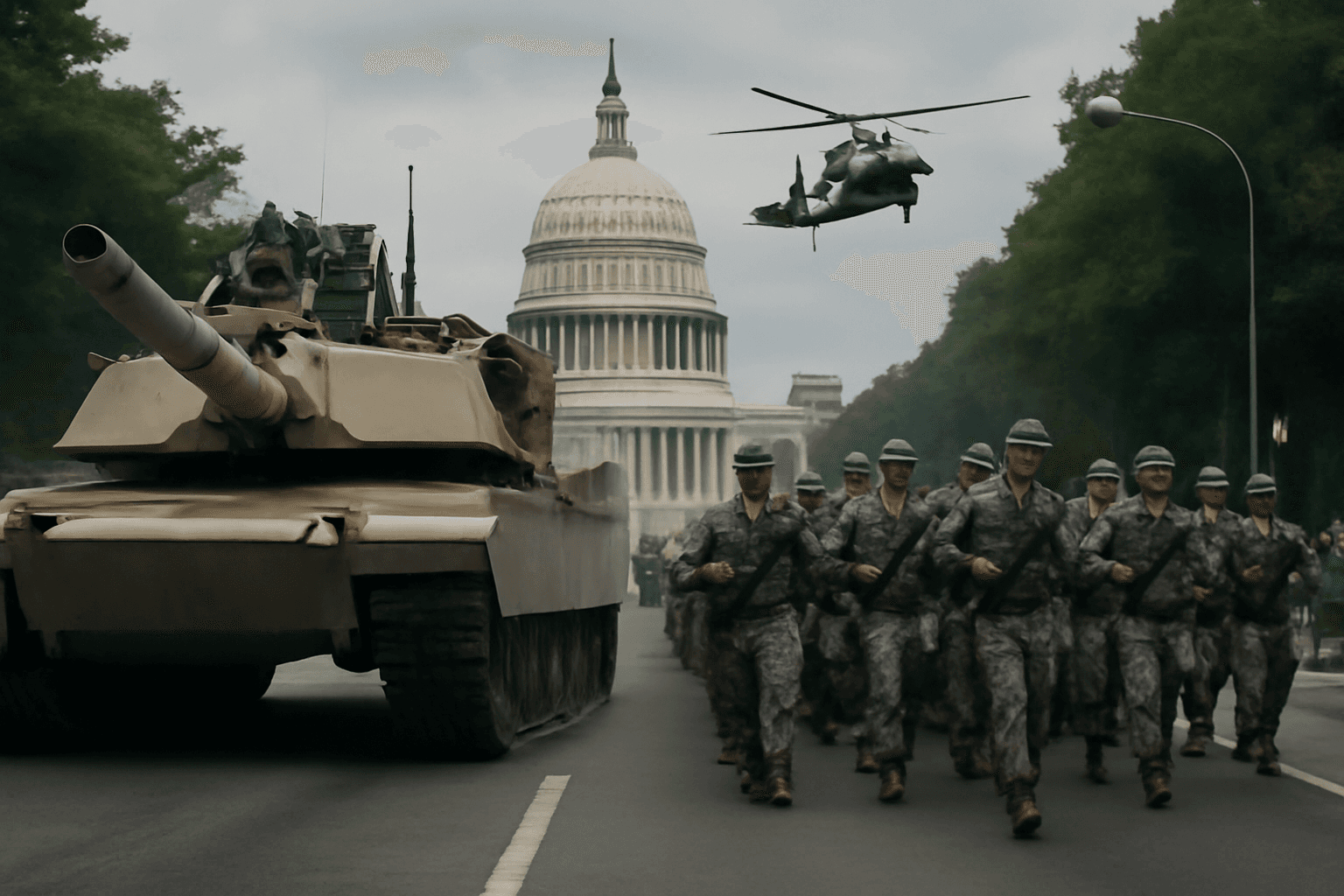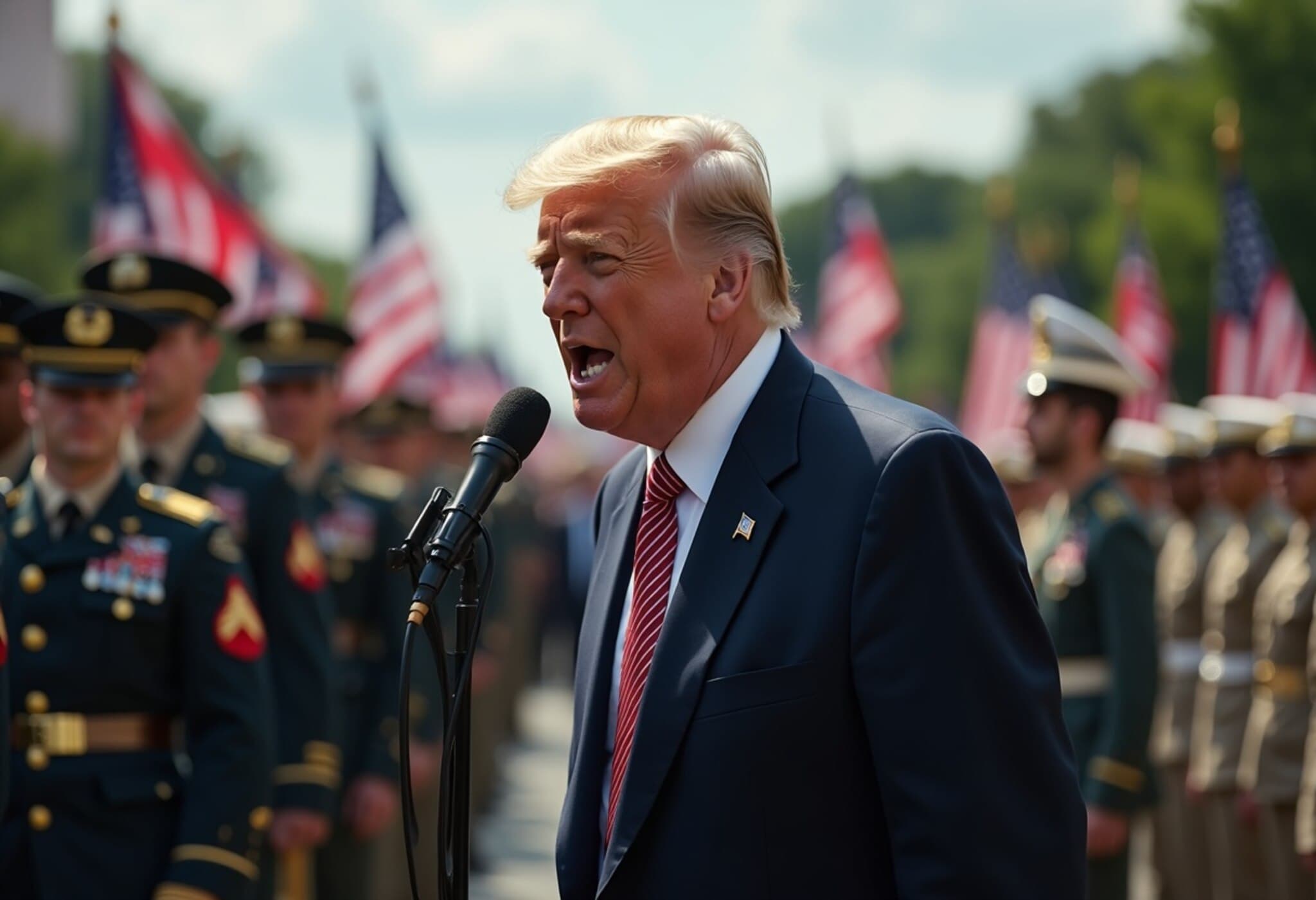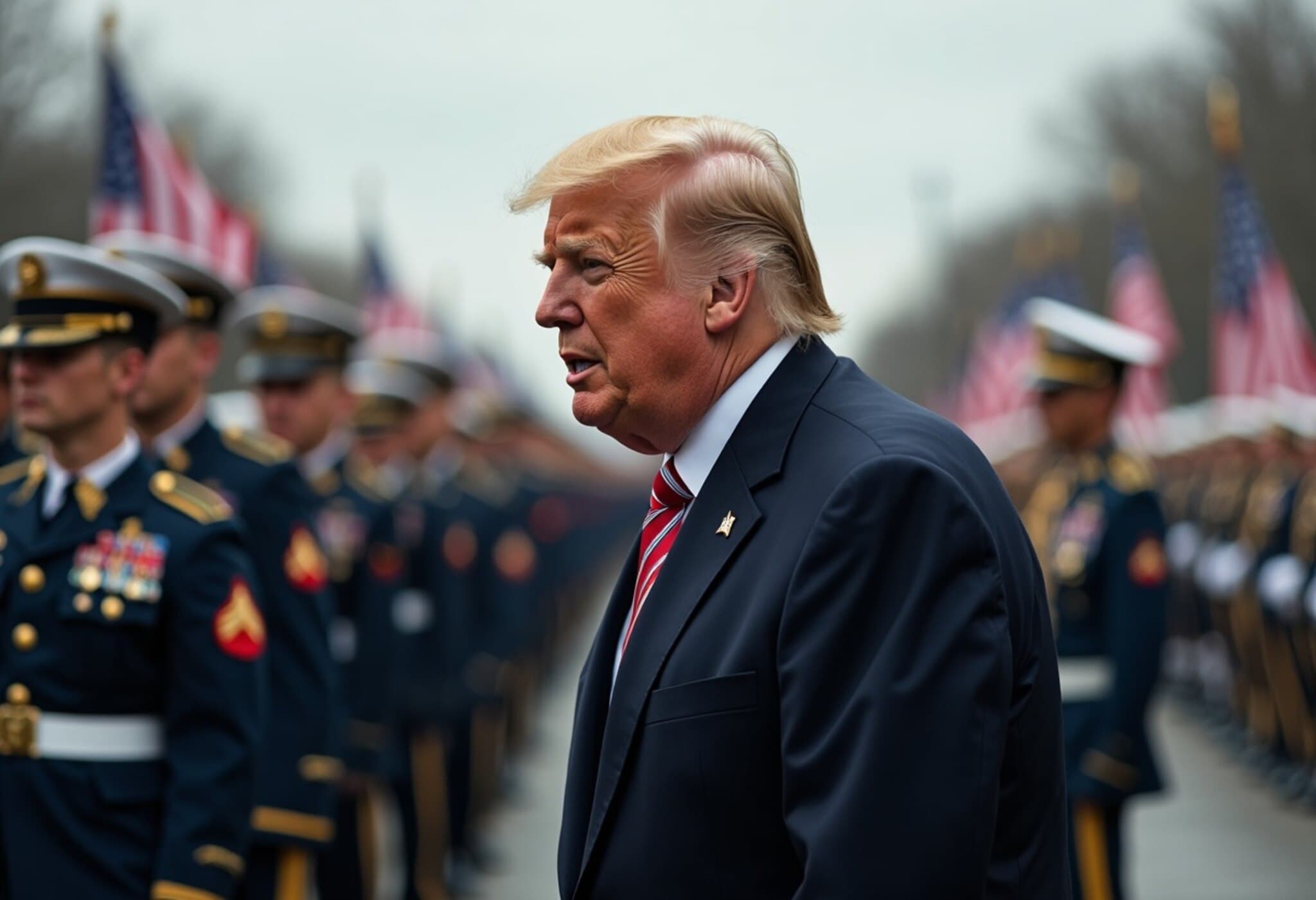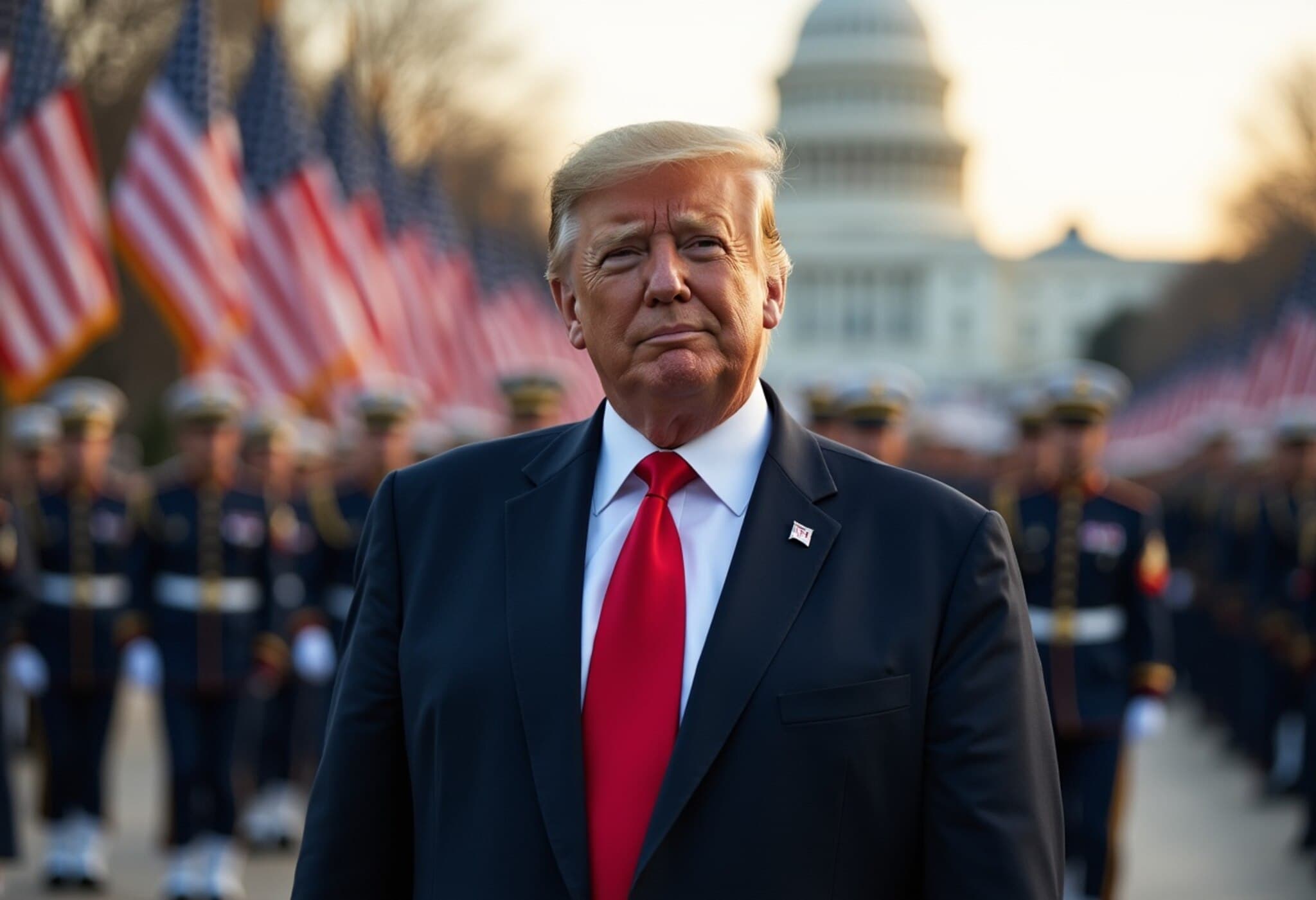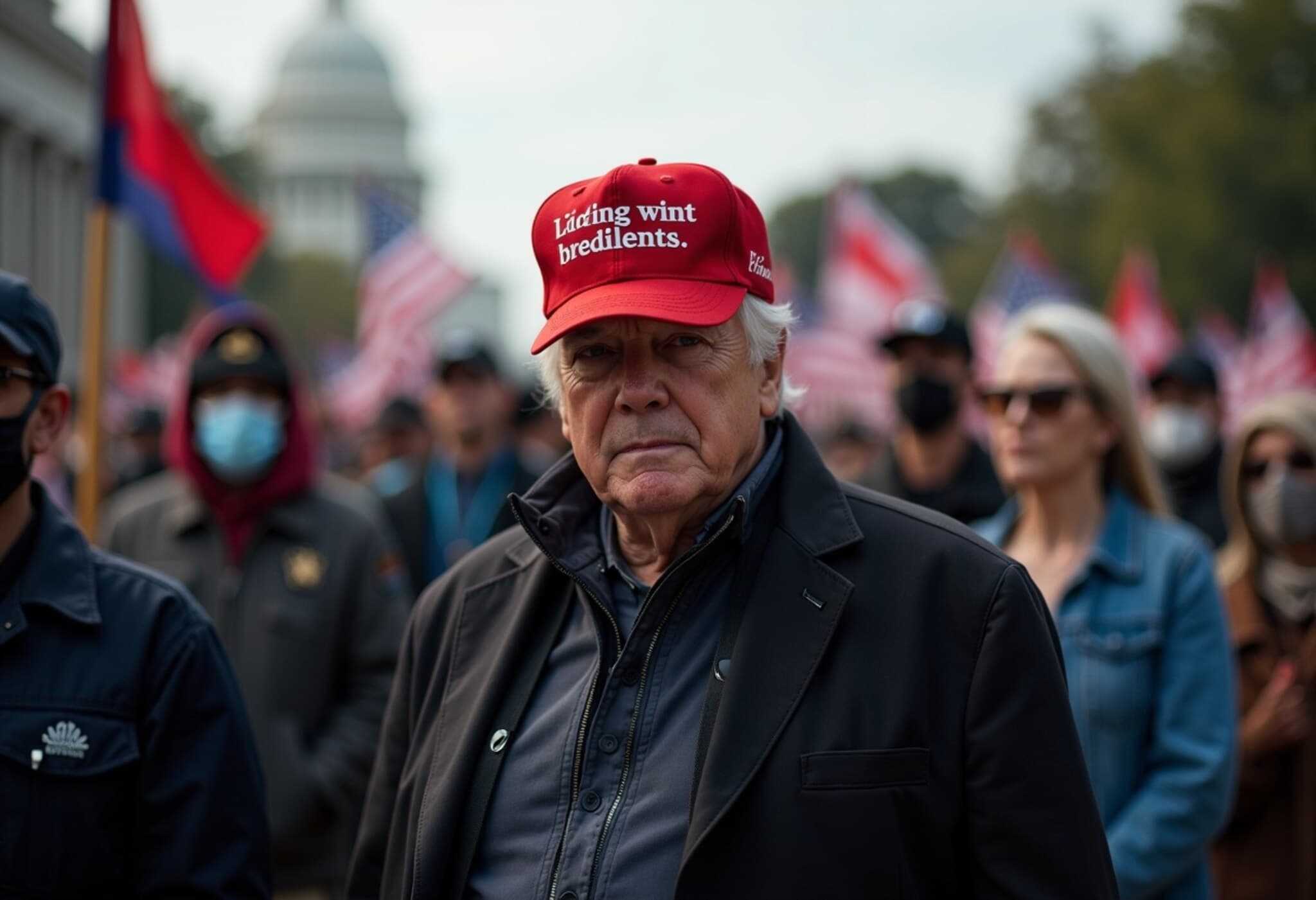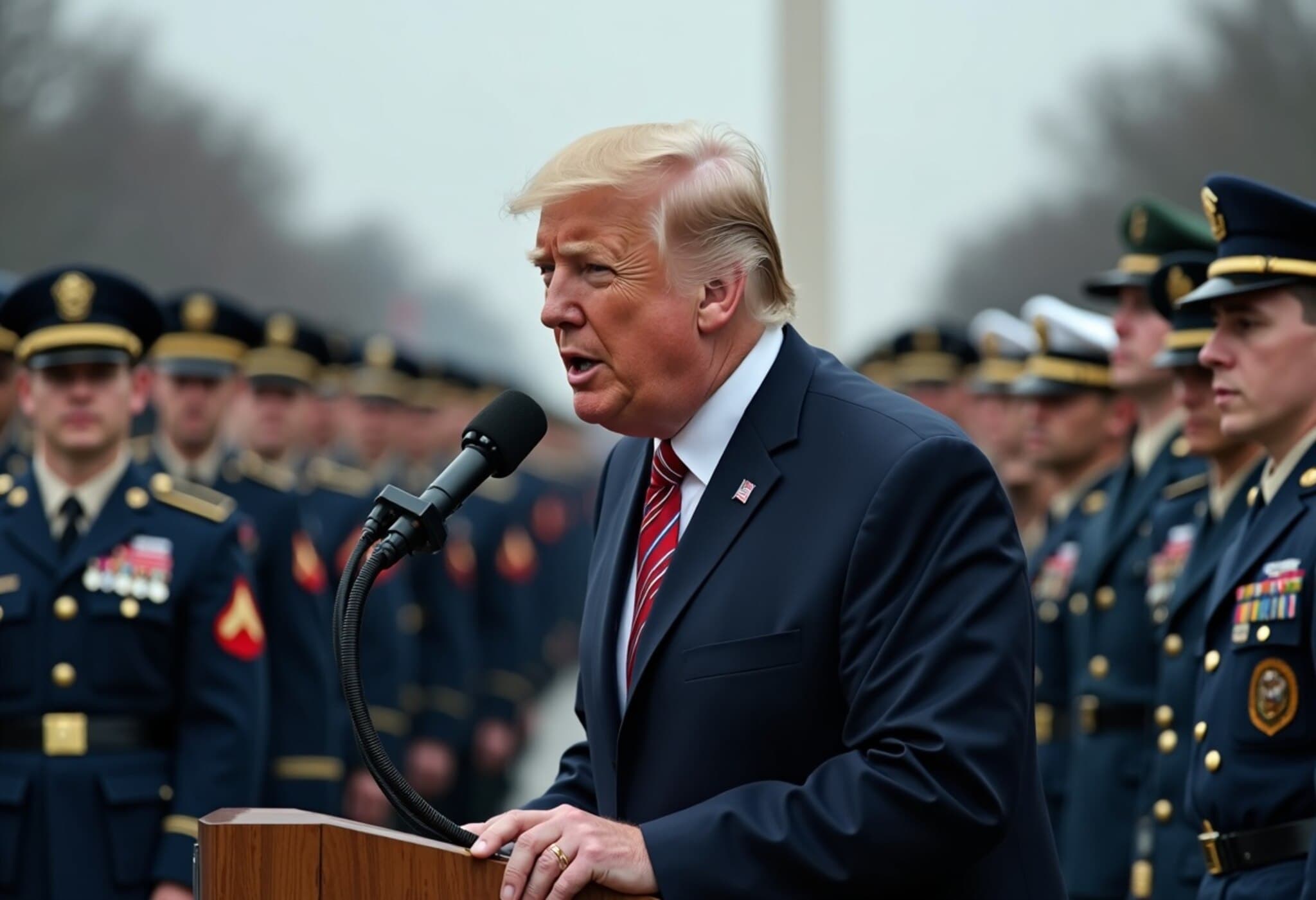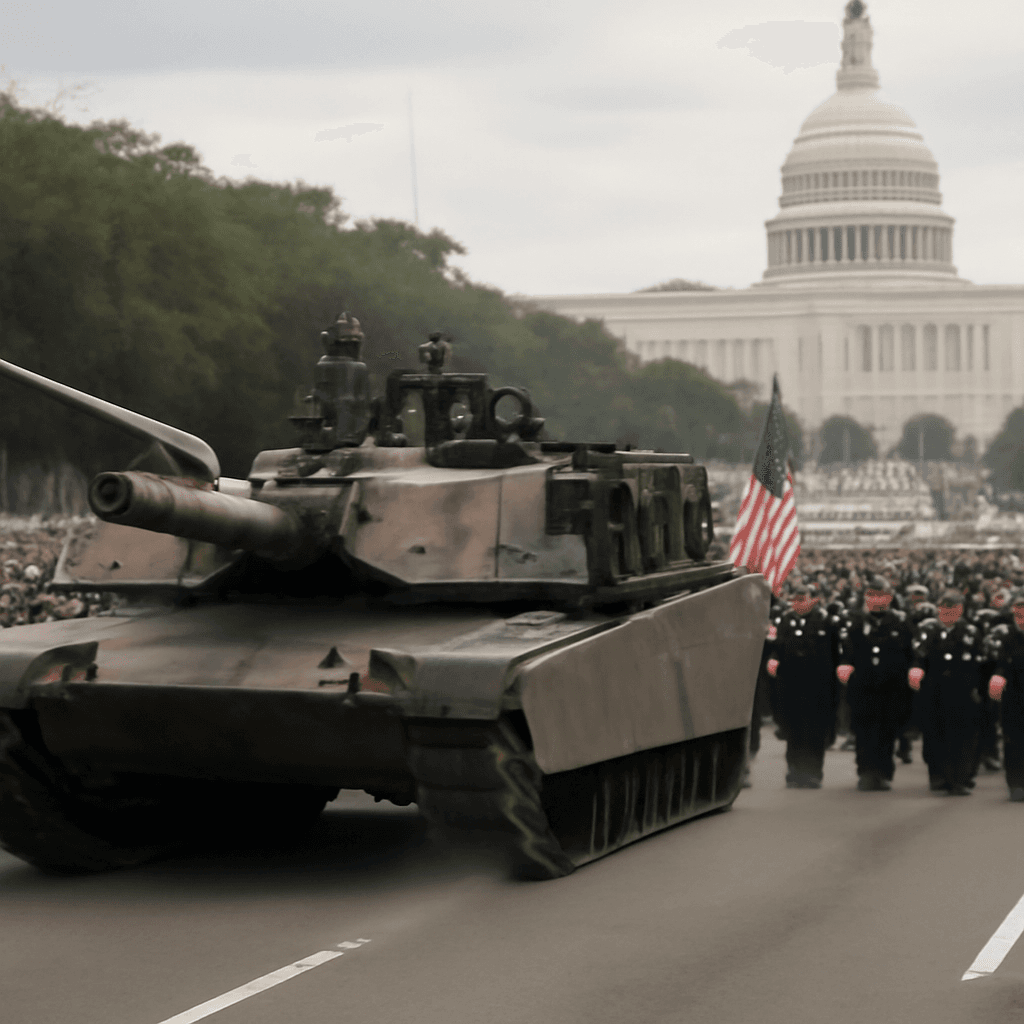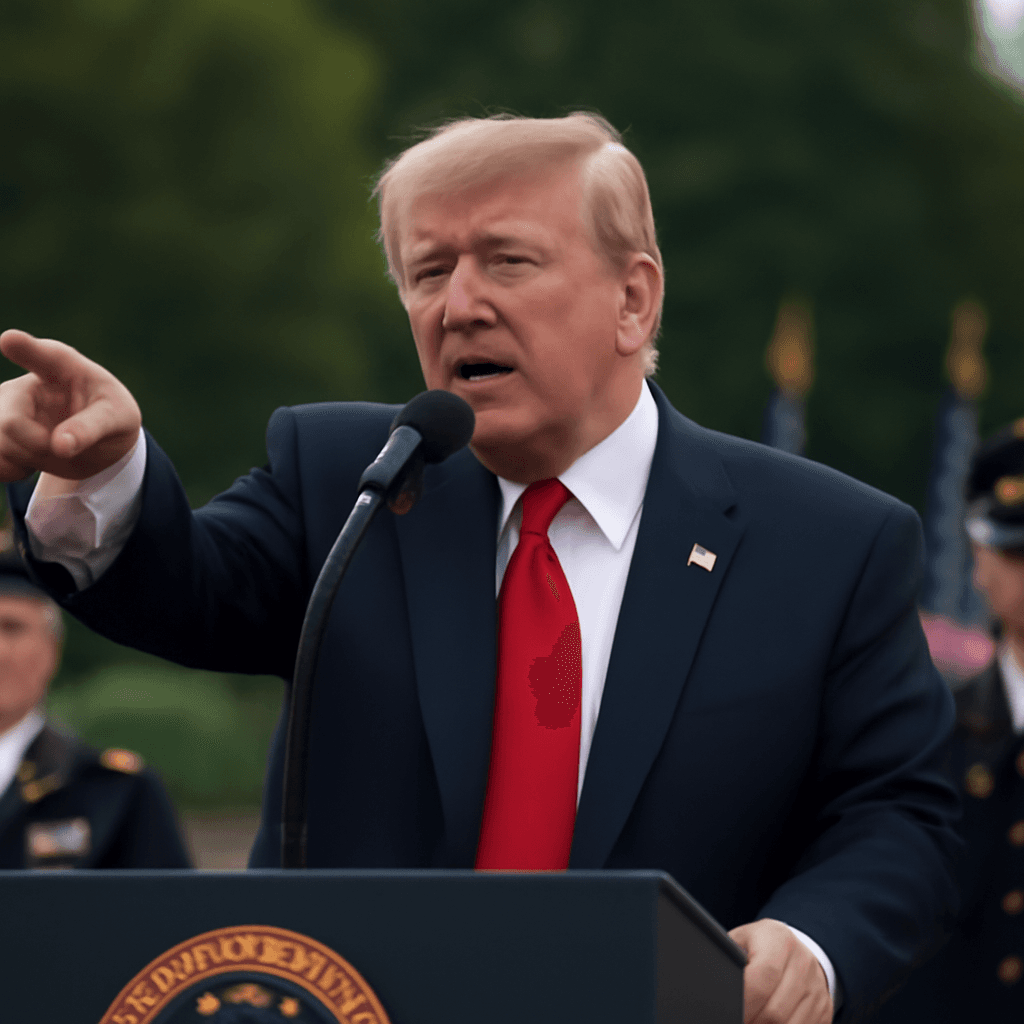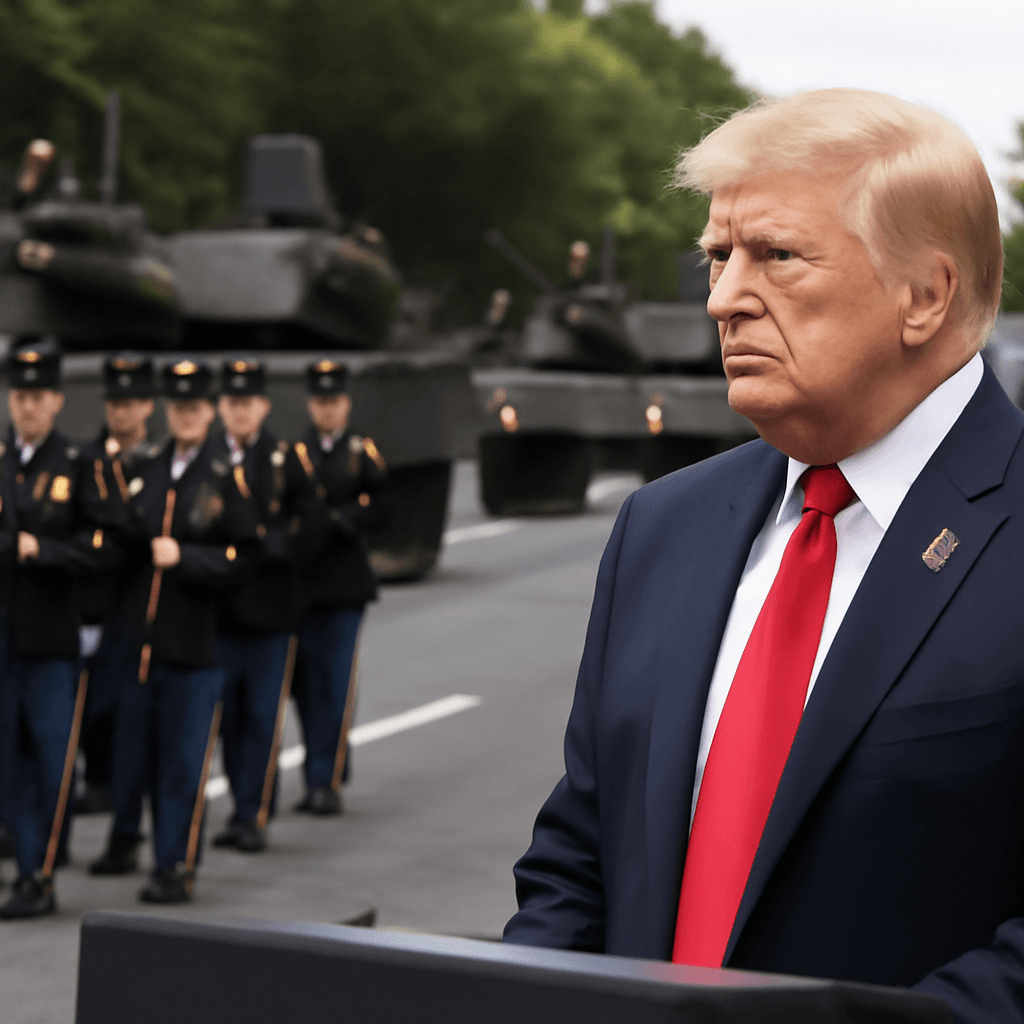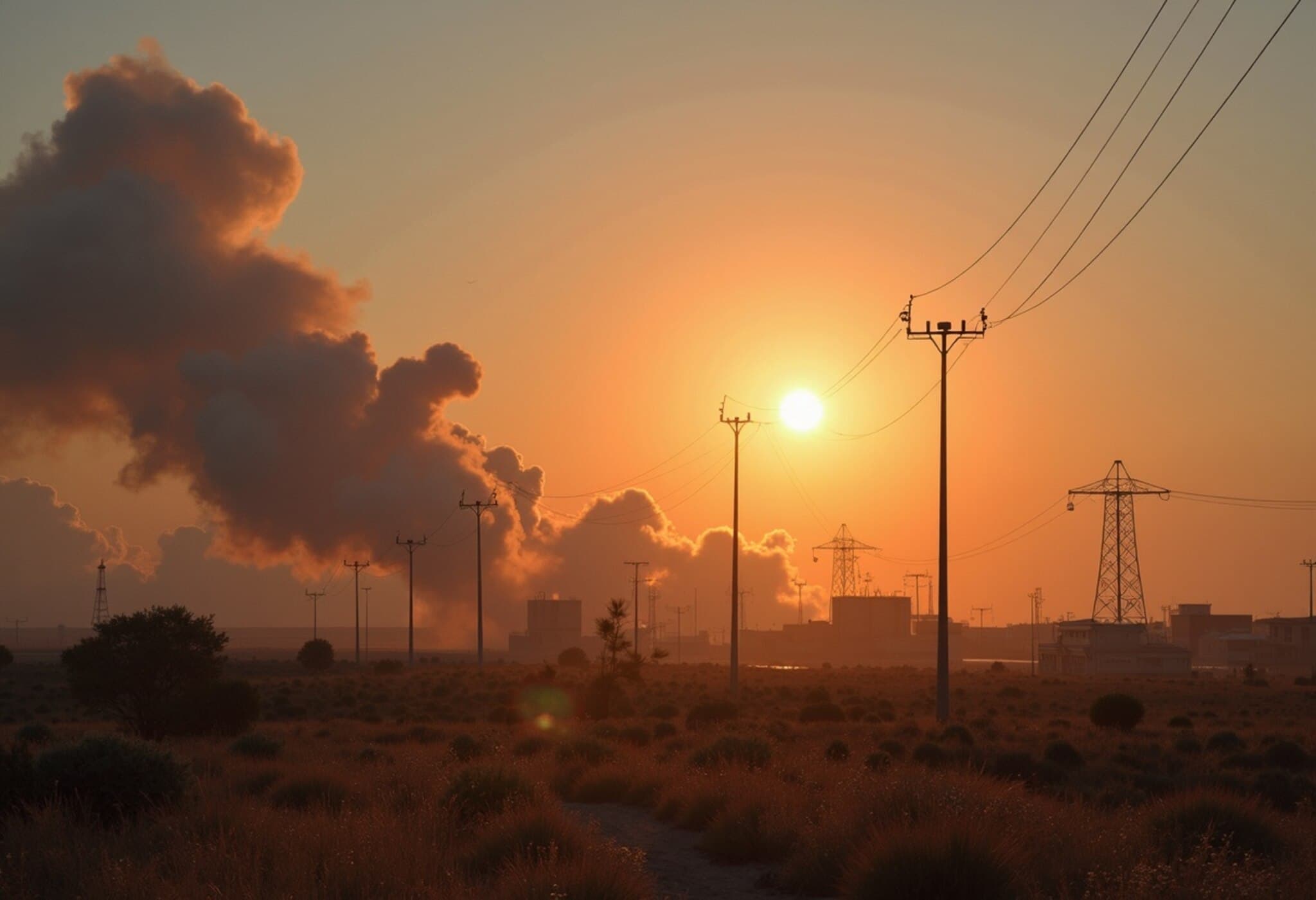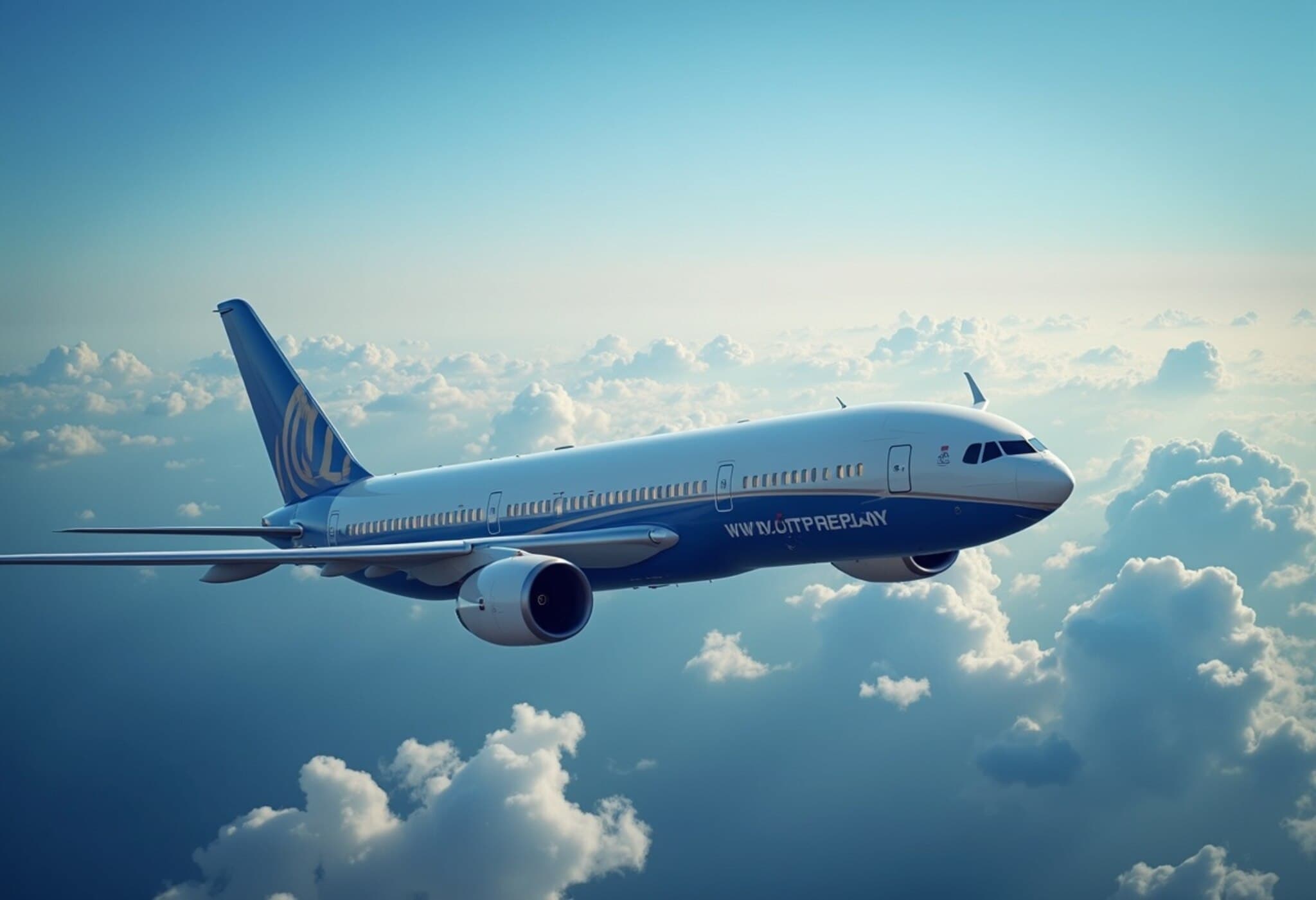Military Parade Showcases Army’s 250th Anniversary in Washington, D.C.
On Saturday, the heart of the nation came alive with a grand military parade, marking the 250th anniversary of the U.S. Army. The spectacle, featuring 6,600 soldiers, 50 helicopters, and formidable M1 Abrams battle tanks, unfolded along Constitution Avenue despite looming stormy weather.
The event was spurred by President Donald Trump’s long-held desire for an impressive display of military might following his 2017 visit to France. The parade coincided with both the president’s 79th birthday and Flag Day, incorporating tanks, marching troops, and flyovers to highlight the Army’s legacy.
Air Force Jets Added at White House’s Request
In a surprising move, the Air Force Thunderbirds and F-22 fighter jets flew over the National Mall at the parade’s start. Sources revealed this was a late addition, requested specifically by the White House, despite the Army-only theme of the celebration. This marked a rare crossover, as the Army itself does not operate fighter jets.
Protests Erupt Nationwide Under 'No Kings' Movement
But while the military spectacle drew crowds, it was met by vibrant protests across the nation. Demonstrators rallied under the banner of “No Kings,” a movement denouncing what they perceive as authoritarian tendencies in President Trump’s administration.
From cities like Los Angeles, Chicago, and Atlanta to the nation’s capital, thousands voiced their opposition. Messages ranged from demands like "Trump must go now" to criticisms of immigration policies and military deployment during protests. In Washington, protesters marched near the White House with banners and even showcased a giant puppet caricaturing Trump as a king on a golden toilet — a striking symbol of their message.
Security and Public Response
The planned parade carried a hefty price tag, estimated up to $45 million, sparking debate about fiscal responsibility. Authorities took meticulous steps to preserve city streets by laying down metal plates to withstand the weight of the massive military vehicles.
Public opinion mirrored the division: a poll indicated that nearly 60% of Americans viewed the parade as a poor use of government funds, while 78% remained neutral, neither approving nor disapproving of the event.
Trump’s Military Posture and Recent Controversies
The parade comes amid President Trump’s increasingly assertive use of the military in domestic affairs, a departure from traditional presidential restraint. Recent actions have included mobilizing the California National Guard without state approval and deploying Marines during contentious immigration enforcement protests in Los Angeles, leading to legal challenges.
At Fort Bragg earlier this week, Trump’s speech elicited mixed reactions from the 82nd Airborne Division members, who both cheered and booed as he criticized former President Biden.
Parade Highlights and Conclusion
The extensive procession commenced near the Lincoln Memorial with a historic showcase of soldiers and equipment spanning the Army’s long history. The parade route featured:
- 6,169 soldiers in period uniforms
- 128 tanks, armored personnel carriers, and artillery units
- 62 aircraft soaring overhead
As the event drew to a close, President Trump officiated the swearing-in of 250 new or reenlisting troops, followed by a dramatic parachute demonstration from the Army’s Golden Knights. The celebration then wrapped up with a concert featuring Lee Greenwood, famous for "God Bless the U.S.A.," and a fireworks finale lighting up the sky.
Despite the charged atmosphere and widespread protests, officials reported no significant security threats, ensuring the parade proceeded largely uninterrupted, even as persistent rain showers threatened to dampen festivities.

